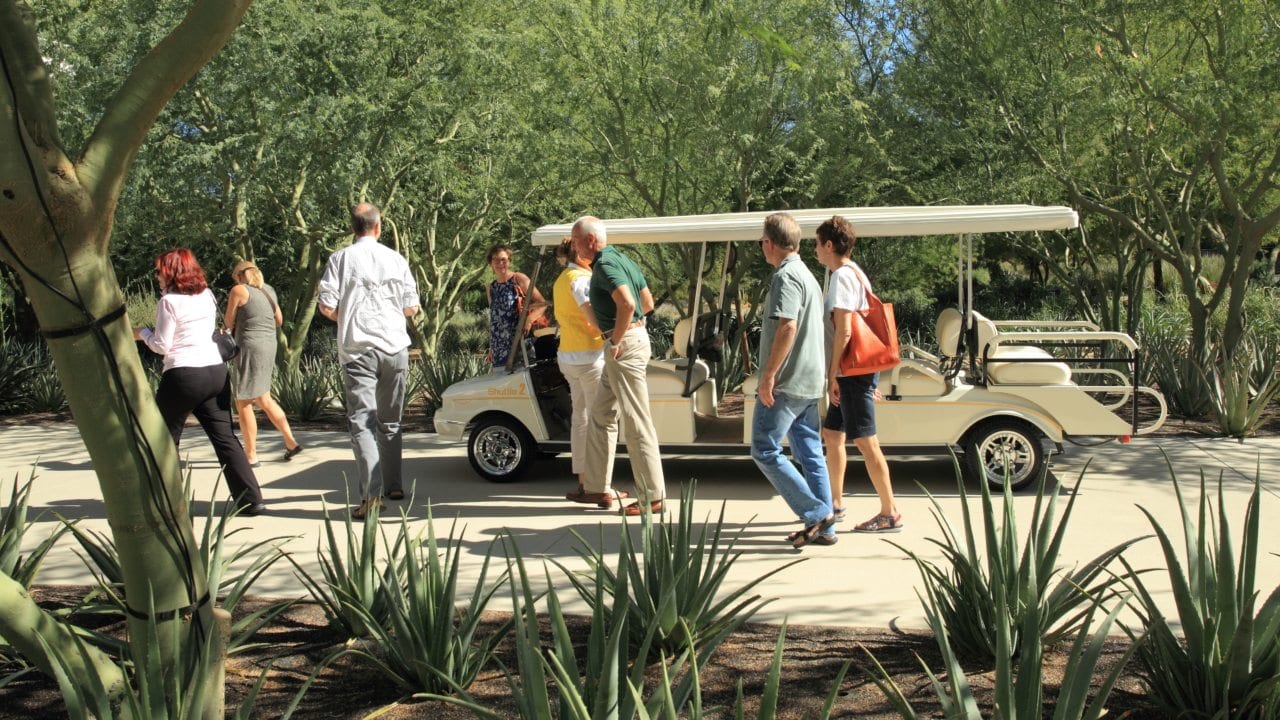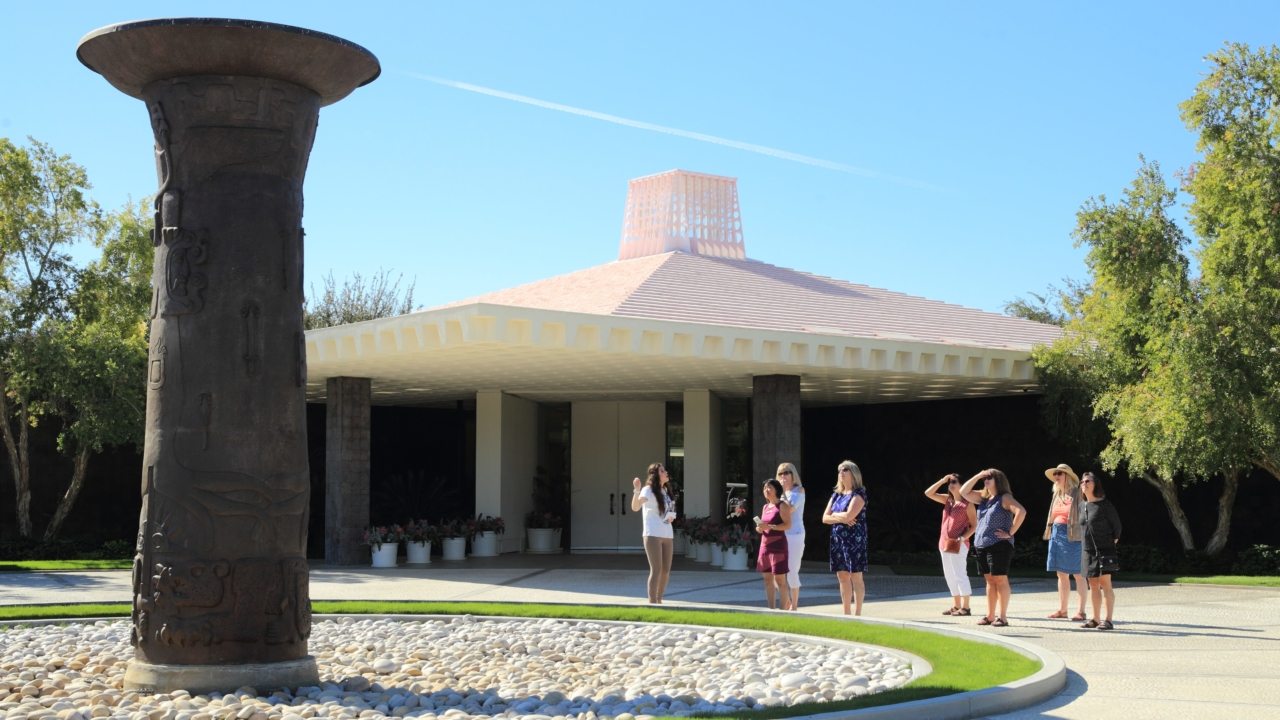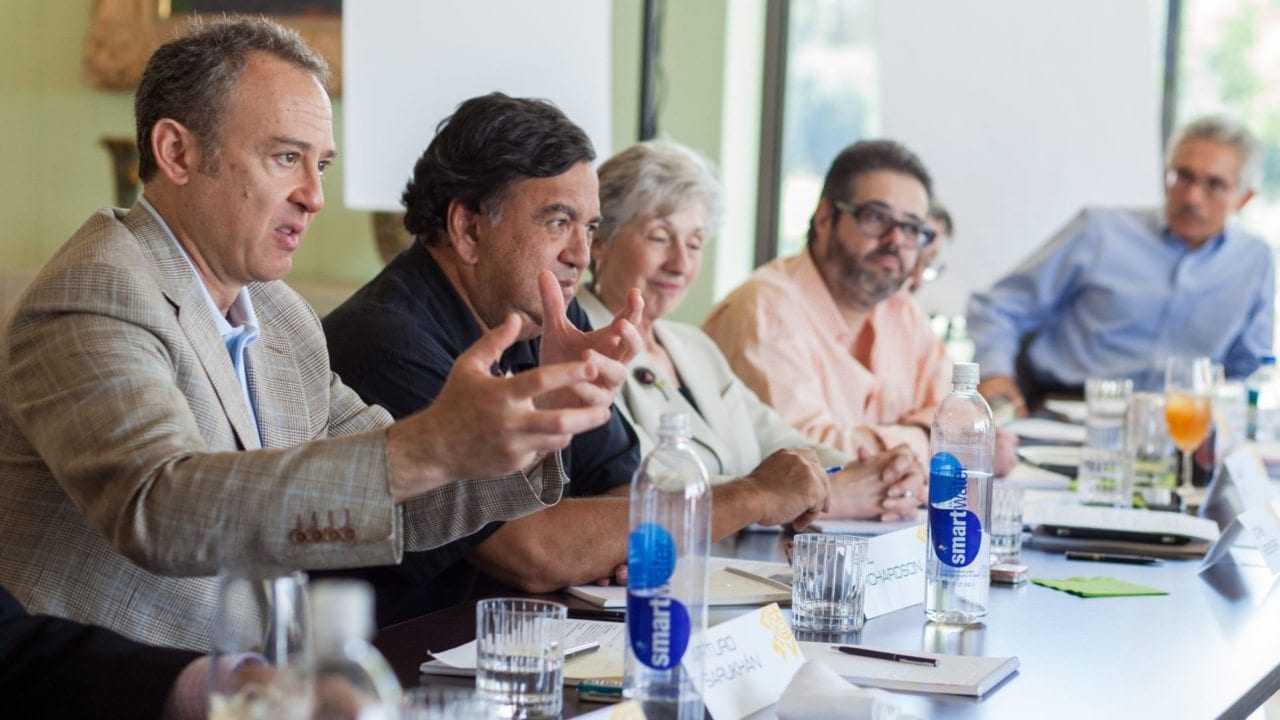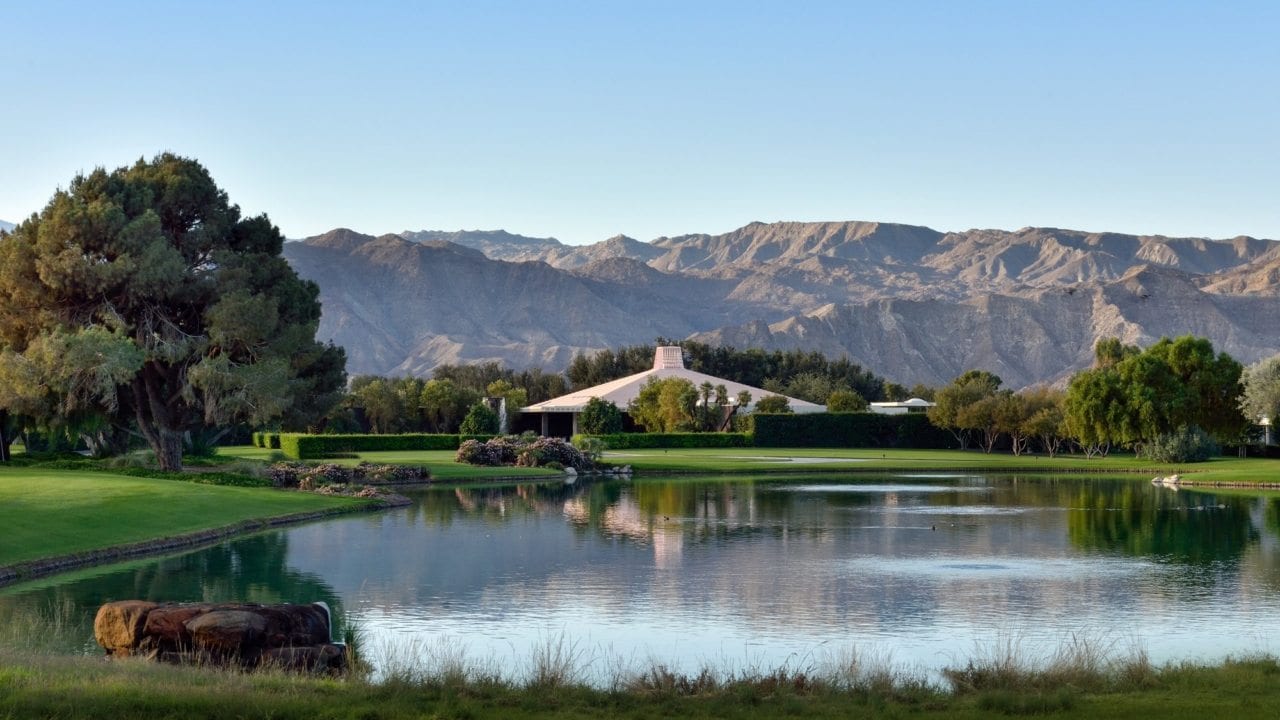Asian Artists in Crystal
A collaboration between the US State Department, the Steuben Glass company, and artists from nations in Asia and the Middle East became a diplomatic and public relations success in the 1950s as the United States engaged in a program of cultural diplomacy. Asian Artists in Crystal, a set of 36 glass objects made by Steuben and engraved with designs submitted by artists from 16 countries, might also have been the first international museum blockbuster, pre-dating by 20 years the Treasures of Tutankhamun, considered the museum exhibition that ushered in the era of blockbuster shows.
The entire series, purchased by Walter and Leonore Annenberg in 1971 for their home in Rancho Mirage, will be on exhibition at Sunnylands Center & Gardens from January 28, 2016, through May 28, 2017. This is the first time the collection has left the house since it was installed there in a William Haines-designed custom gallery more than 40 years ago. Asian Artists in Crystal: Steuben Glass at Sunnylands features the only known complete collection of the series. The 36 crystal works will be exhibited with photographic reproductions of a selection of the original drawings, which are held by the New York Public Library.
The Sunnylands exhibition was planned to mark the 60th anniversary of the opening of the exhibition at the National Gallery in January 1956. According to Janice Lyle, director of Sunnylands Center & Gardens, “It focuses attention on the use of art and culture for diplomatic purposes, something the Annenbergs promoted throughout their lives together.” Among many other accomplishments in this area, Leonore Annenberg was one of the founders of the Foundation for Art in Embassies Program (FAPE), which provides permanent works of American art to embassies across the world.
Following World War II, the world was philosophically divided between the free-market capitalism of the United States and the increasing strength of Communism as embodied by the USSR. The two countries had emerged as competing powerful nations. As the world entered a “cold war” era, the United States began a systematic effort to burnish its reputation and solicit friendships among countries in the Far East. Among the diplomatic methods used was this unique cultural exchange, resulting in the collection Asian Artists in Crystal.
The diplomatic effort paired Asian artists with master engravers and glassmakers at Steuben. The results were then exhibited at two of the most prestigious art museums in the United States—the National Gallery in Washington, DC, and the Metropolitan Museum in New York. The entire series then toured throughout Asia and the Middle East from 1956 to 1958, during which time more than 490,000 people—from school children to presidents and royalty—were introduced, perhaps for the first time, to the United States. This ambitious undertaking, with the State Department as a partner, provided a way to open dialogue, build allies, and strengthen influence in countries that were unfamiliar with, curious about, and even ill-informed about the United States.
Glass scholar William Warmus described the exhibition’s 1956 preview opening in Washington, DC, as “spectacular,” and noted that Mary Jean Madigan’s definitive book on Steuben said the collection is “without question … the crowning achievement of Steuben’s postwar history.”
The collaboration between Asian artists and the American artisans resulted in graceful and elaborate glass vessels, bowls, and monuments on which are engraved drawings depicting Buddhist, Hindu, and Muslim culture; scenes from holidays and celebrations; and daily life and mythical creatures. The objects’ shapes, bases, and tops echo the engraved scenes and designs showing musicians, dancers, farmers, and fishermen; cypress trees and lotus flowers; elephants, dragons, and pagodas. As Warmus writes in the exhibition catalog, “Creating masterpieces together became an appealing part of this project: the business executive, curator, artist, designer, glassblower, and engraver all had to contribute something special for the project to succeed.”
Three Steuben designers created the shapes on which drawings from 36 artists are engraved. Some of their insights on the design process are reported by Warmus. For example: The vessel design for New Year in Formosa by Ran In-ting “emphasize[s] a carefree and hilarious celebration.” For Burmese Royalty by U Ohn Lwin, the blank was “inspired by the Great Pagoda of Rangoon.” The lotus flower, a symbol for Buddha, is seen as a design element in the glass base of The Goddess Tara by L.T.P. Manjusri, who draws the goddess standing on a lotus flower.



